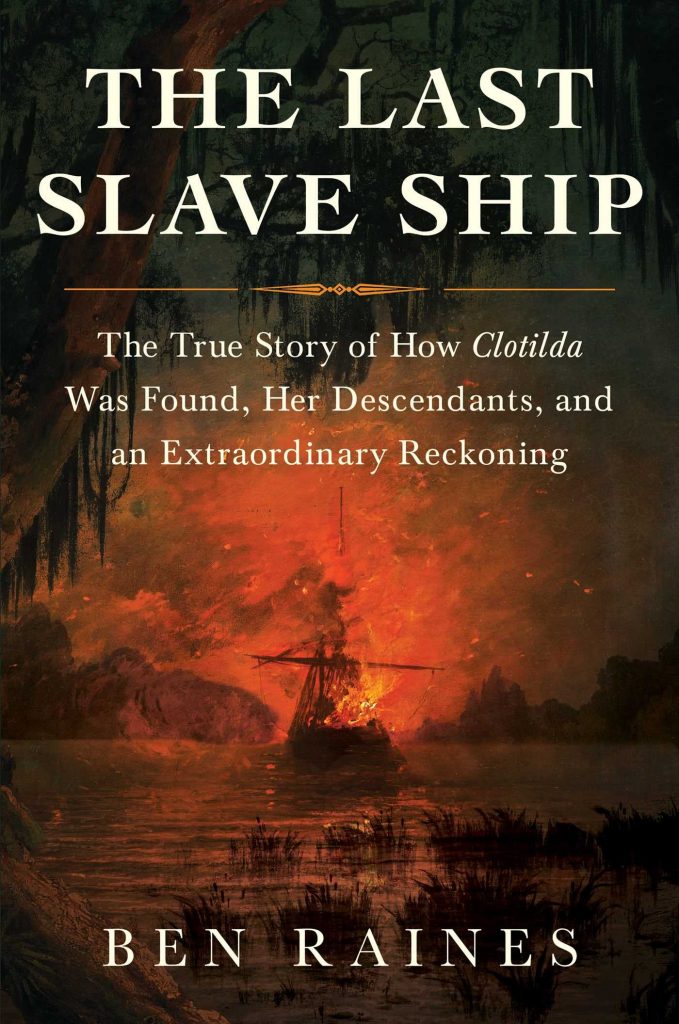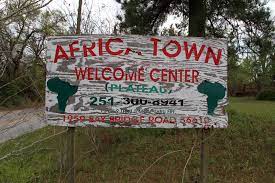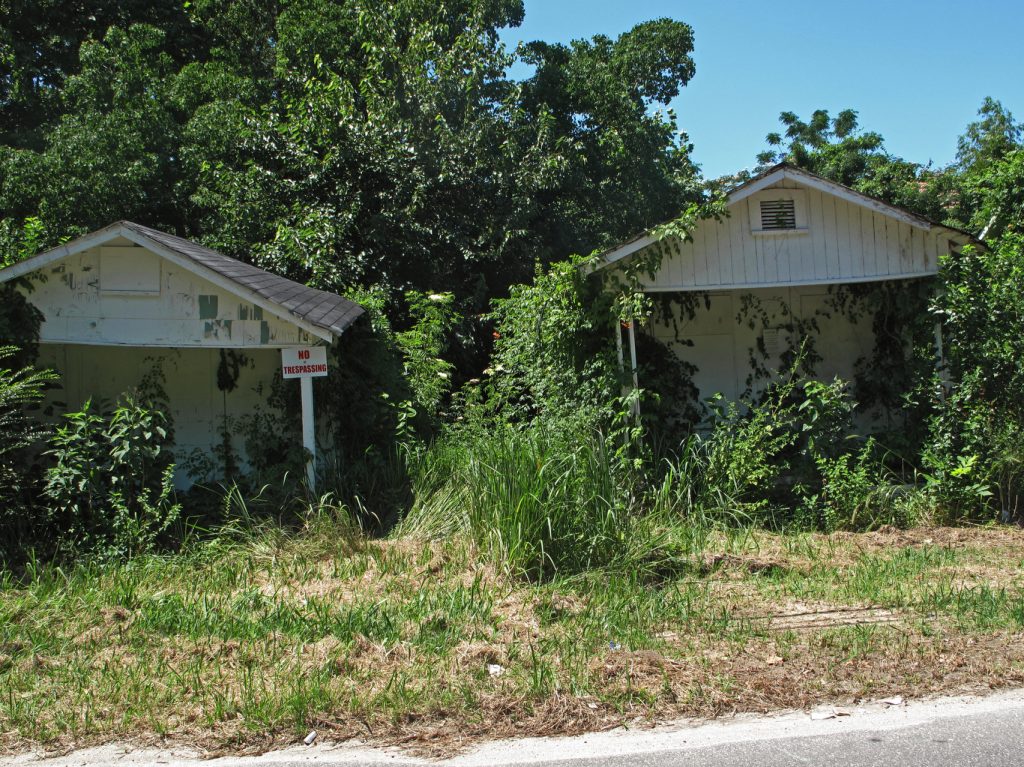
On the face of it, the story of 100 enslaved Africans smuggled into Mobile, Alabama does not feel that significant among the 12.5 million Africans shipped to the New World (10.7 million survived the Middle Passage.) Aside: I am only now figuring out that more than 90% of the people kidnapped, chained below decks, and, if they survived, sold, went into the Caribbean and South America. America’s four million enslaved people were mostly bred (breeding is a term used by slavers) by their owners here.
The Clotilda was the last ship carrying human cargo to arrive in the United States, running past naval patrol ships into Mobile Bay in 1860. After the south lost the Civil War, many of those transported by the Clotilda settled in Africa Town just outside Mobile. They lived long enough to be interviewed and photographed. They provided firsthand accounts of their lost African families, details of their capture by Dahomian warriors, the life-threatening Middle Passage, and sale to other humans to do animal-like labor. They also recall African customs that persisted inside Africa Town.

The author, Ben Raines, describes the Clotilda from the days of its inception as a ship bound for Africa in contravention of American law, its scuttling after disgorging its human cargo into the swamps of Alabama, until its rediscovery 2019. The ship’s story brackets the story of its enslaved Africans and their offspring.
A century of racism haunts Africa Town and its descendents to this day. And yet, The Last Slave Ship grows stronger until its finish, describing a sordid history that somehow still points a way toward recognition and finally, forgiveness.
